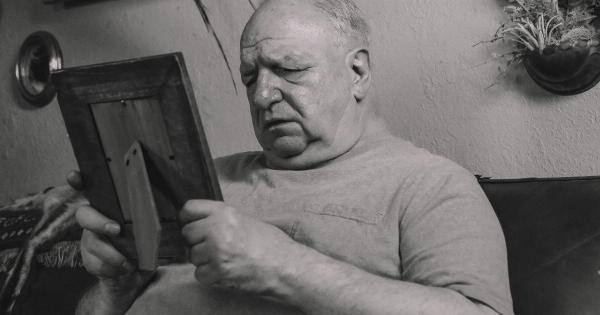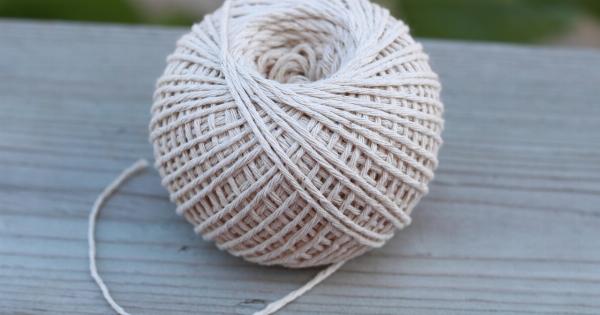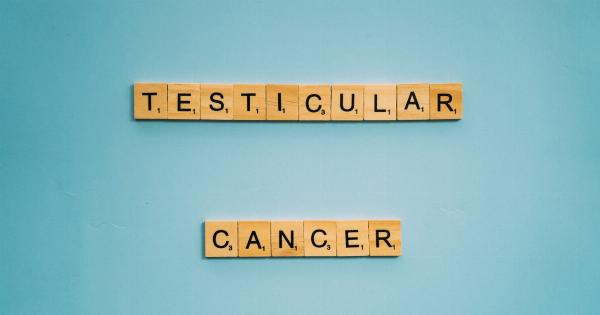Varicose veins in the scrotum, also known as varicoceles, are swollen veins that occur in the scrotum.
They form when the valves in the veins that are supposed to prevent blood from flowing backward become weak or damaged, causing the blood to pool in the veins and enlarge them.
What are the symptoms of varicose veins in the scrotum?
Varicoceles may not cause any noticeable symptoms, but in some cases, they can cause:.
- A dull, achy pain or discomfort in the scrotum or testicle
- A feeling of heaviness in the scrotum
- Testicular atrophy (shrinkage of the testicle)
- Swelling of the scrotum
Who is at risk of developing varicose veins in the scrotum?
Varicoceles are most common in men between the ages of 15 and 25. Factors that may increase the risk of developing varicose veins in the scrotum include:.
- A family history of varicoceles
- Being tall
- Being overweight or obese
- Having a history of testicular injury or surgery
- Having a history of pelvic surgery
How are varicose veins in the scrotum diagnosed?
Varicoceles are often diagnosed during a routine physical exam. Your doctor may ask you to stand while he or she checks your scrotum for swelling or lumps.
Your doctor may also perform a testicular ultrasound to confirm the diagnosis and determine the size of the varicocele.
How are varicose veins in the scrotum treated?
Treatment for varicoceles is usually not necessary unless they are causing discomfort or affecting fertility. If treatment is necessary, there are several options:.
- Surgery: This is the most common treatment for varicoceles. During surgery, your doctor will make a small incision in your abdomen or groin and tie off the affected vein to redirect blood flow to healthier veins.
- Embolization: This is a minimally invasive procedure in which a small tube is inserted into a vein in your groin or neck and threaded to the varicocele. A tiny coil or other material is placed in the vein to block blood flow to the affected vein.
- Medication: There are currently no medications available to treat varicoceles, but over-the-counter pain relievers such as acetaminophen or ibuprofen may help relieve discomfort.
Can varicose veins in the scrotum be prevented?
There is no foolproof way to prevent varicoceles. However, there are some things you can do to reduce your risk:.
- Exercise regularly to improve blood flow
- Wear supportive underwear or a jockstrap during physical activity
- Manage your weight through a healthy diet and exercise
- Avoid standing or sitting for long periods of time without taking breaks to move around
- Avoid wearing tight clothing that constricts blood flow to the scrotum
When to see a doctor
If you notice any pain or discomfort in your scrotum or testicle, or if you notice any lumps or swelling, make an appointment with your doctor.
It’s important to get a diagnosis and determine the cause of your symptoms to receive appropriate treatment.
Conclusion
Varicose veins in the scrotum are a common condition in men, but they are usually harmless and don’t require treatment. However, if they are causing pain or affecting fertility, there are several treatment options available.
Maintaining a healthy lifestyle by exercising, managing your weight, and avoiding prolonged periods of standing or sitting can help reduce your risk of developing varicoceles.





























